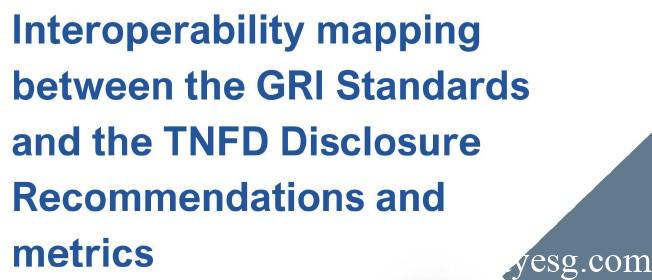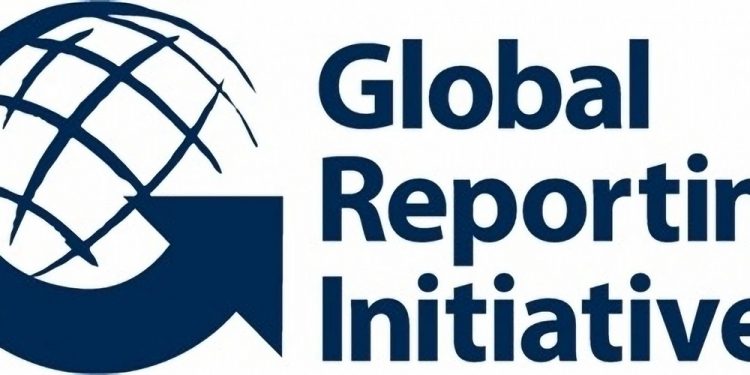Interoperability Mapping Resources
The Global Reporting Initiative (GRI) and Task Force on Nature-related Financial Disclosures (TNFD) releases interoperability mapping resources aimed at improving consistency between TNFD recommendations and GRI standards, assisting businesses in disclosures.
As important global disclosure standards, GRI and TNFD have collaborated with the International Financial Reporting Standards Foundation (IFRS) and the European Financial Reporting Advisory Group (EFRAG) to strengthen cooperation on sustainable disclosure standards.
Related Post: IFRS and GRI Announce Enhanced Cooperation on Sustainable Disclosure Interoperability
Related Post: TNFD and EFRAG Publishes Correspondence Mapping for Sustainable Disclosure Standards

Introduction to Interoperability Mapping Resources
The interoperability mapping resources mainly involves the GRI 101 Biodiversity 2024 standard issued by the Global Reporting Initiative, some general standards and thematic standards, as well as disclosure recommendations and indicators issued by TNFD. The interoperability mapping resources refer to feedback from market participants to reduce the burden of duplicate disclosures. The resources include:
- Use consistent natural-related definitions from the Intergovernmental Science Policy Platform on Biodiversity and Ecosystem Services.
- Incorporate material measurement methods from the Global Reporting Initiative into the TNFD Recommendations. The TNFD LEAP method can help companies disclose Impact Materiality and Financial Materiality, which correspond to the information disclosure standards of the Global Reporting Initiative and the International Financial Reporting Standards Foundation, respectively.
- The disclosure of the GRI 101 Biodiversity Standard has been reflected in TNFD recommendations. TNFD recommendations have also been reflected in GRI standards, in addition to the identification and assessment of nature related risks and opportunities.
- The consistency between the Core Global Disclosure Metrics of the TNFD and the indicators in the GRI standard is strong, and the Sector Metrics of TNFD and the GRI Sector Standards are mapped for the first time.
- The TNFD LEAP is cited in the GRI 101 Biodiversity Standard to identify the regions with the most significant impacts on biodiversity and measure changes in the state of nature.
Differences between GRI and TNFD Disclosure Frameworks
In addition to improving interoperability between the two, the Global Reporting Initiative and the Task Force on Nature-related Financial Disclosures have also summarized the differences in their information disclosure frameworks for companies to consider when preparing reports. These differences include:
- Issues covered and scope: GRI focuses on the impact of nature on the economy, society, and environment, while TNFD focuses on nature related risks and opportunities, as well as biodiversity in natural domains such as land, ocean, freshwater, and atmosphere.
- Application of material: The material approach of the GRI is primarily defined as themes that have a material impact on society, economy, and the environment. The material methods of the TNFD are more flexible, including two categories: impact materiality and financial materiality.
- Value chain: The GRI focuses on the impact of business activities on the entire value chain, while the TNFD focuses on material issues related to upstream and downstream value chains of businesses.
- Location of nature related issues: The GRI focuses on the geographic locations that have the greatest impact on biodiversity and requires reporting on whether these locations belong to ecologically sensitive areas. If some geographical locations have no material impact on biodiversity, even if they may belong to ecologically sensitive areas, they do not need to be reported. The TNFD focuses on the priority locations involved in business operations, including material locations and sensitive locations.
- Engagement with indigenous peoples, local communities and affected stakeholders: The GRI focuses on engagement with stakeholders including local communities and vulnerable groups and have provided the definitions in GRI Standards Glossary. The TNFD focuses on stakeholders that are directly or indirectly affected, as well as those who are not affected but may have interests or the ability to influence the outcomes.
Reference:









